1. Introduction
Since thousands of years, the human race has been developing cultural skills and technological capabilities that support its struggle for survival and lead to dominance over all other species. Since about a century, the exponential growth of knowledge, technology, industry and population (see Fig. ] and it can be assumed that finally also our species will be affected.
Fig. 1.1
The estimated human population of the last 12,000 years. It has been small and growing moderately for thousands of years. In the last 50 years, population increased by 1 billion every 13 years []
The challenge of this century is the deceleration of growth in general, especially the limitation of the world population to a stable number (e.g. 10 billion people), and the conversion of industrial processes to renewable and sustainable cycles, which will have to be able to supply food and a reasonable standard of living to this large number of people. This paper will focus on the subject of energy as one of the essentials of our society, but it will also point out the importance of the nexus of climate, energy, food, water and the carbon cycle.
How can a stabilization of the population be achieved before millions of people die from starvation, epidemics, environmental catastrophes or wars? Birth control is essential and not the subject of this paper, but it is important to know that since the begin of industrialization, there has been a strong anti-correlation between the economic wealth and the birth rate, termed the demographic-economic paradox [] : As soon as a country reaches a high level of education, low unemployment and safe living conditions, birth rates stabilize at low levels instead of using the wealth to nourish more children. The self-determination of women is a prerequisite for this process, as there are examples of countries where a high standard of living for men is realized, but to the cost of the repression of women and of high birth rates. For example, Saudi Arabia has a GDP per capita at the level of Europe, but a fertility rate comparable to India or Egypt. Also, religion plays a role here. All major religions have their roots from a time where birth control was counterproductive for the survival of a cultural cohort and not all religions adjusted the interpretation of their basic articles of faith to the current situation where overpopulation is counterproductive for development. In this sense, solving the energy problem is only one out of several aspects, but still it is an important prerequisite for a peaceful future of the global community.

Open Access This chapter is licensed under the terms of the Creative Commons Attribution 4.0 International License ( http://creativecommons.org/licenses/by/4.0/ ), which permits use, sharing, adaptation, distribution and reproduction in any medium or format, as long as you give appropriate credit to the original author(s) and the source, provide a link to the Creative Commons license and indicate if changes were made.
The images or other third party material in this chapters are included in the chapters Creative Commons license, unless indicated otherwise in a credit line to the material. If material is not included in the chapters Creative Commons license and your intended use is not permitted by statutory regulation or exceeds the permitted use, you will need to obtain permission directly from the copyright holder.
References
Wiki: Anthropocene; https://en.wikipedia.org/wiki/Anthropocene
Ceballos et al. (2015) Accelerated modern humaninduced species losses: entering the sixth mass extinction. Sci Adv. 1:e1400253 19 June
Figure: by El T [Public domain], via Wikimedia Commons https://commons.wikimedia.org/wiki/File%3APopulation_curve.svg ; The data is from the lower estimates at census.gov (archive.org mirror)
Wiki: Income and fertility; https://en.wikipedia.org/wiki/Income_and_fertility#Paradox
2. The Nexus of Energy, Carbon and Water
All living species including the human body consist mainly of carbon and water, orto be more precisethey consist of hydrocarbons and other chemical compounds that are dominated by the elements carbon, oxygen and hydrogen. So, it is not surprising that the carbon and water cycles are of special importance for mankind. Carbon and water in the form of food and beverage have two very different functions: they supply humans with energy and in addition they are the basic building blocks of the body. Stable, closed loops of water and carbon on our planet guaranteed our survival since the beginning of mankind.
In the modern world, industrial processes, and especially the conventional methods of energy production, require a large amount of carbon and water and destroy the natural cycles. To restore the stable cycles, we need a different energy system.
This chapter will introduce you to the extraordinary magnitude of the world energy problem and explain its link to the anthropogenic climate change, which turns out to be a game changer for the future of our human society. The restoration of the carbon and water cycles will be essential for our survival. New concepts and methods to preserve and provide freshwater and to reverse desertification and climate change are essential to fight drought and hunger of future generations. Seawater desalination and pyrolysis may be key technologies to achieve that.
2.1 The Challenge of the World Energy Supply
Many people discuss solutions to the energy problem, but often they completely underestimate the order of magnitude of the problem and solutions are offered that nicely work at small scale but not at global scale. The average global energy usage per second is about 18,000 GW, which corresponds to the electrical output of about 18,000 nuclear power plants (see Box ].
The energy consumption per capita is very different for different countries, e.g. it is 9.9 kW/person in the US, 5.5 kW/person in Germany, and 0.9 kW/person in Africa. The world average is

for each human being today. As population increases and in addition also energy consumption per capita increases, energy needs will increase rapidly in future, especially in developing countries where the consumption per capita is very low today. Neglecting this rising energy need per person, and just taking the population rise into account, an increase to 25,000 GW until 2050 is estimated. The claim, that the energy consumption of the western world stays basically constant since decades is partially misleading, as a large fraction of the industrial production of goods for Western countries has been moved to eastern countries, especially to China. To account for the total energy footprint of a society, the energy footprint of imported goods must be assigned to the consumer and not to the producer to get the picture right.

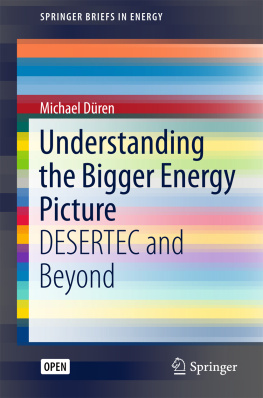


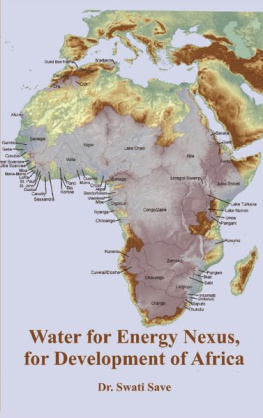
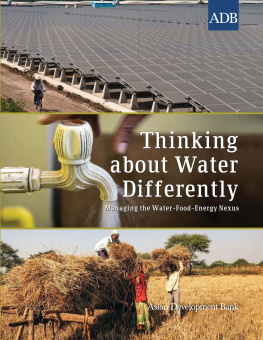
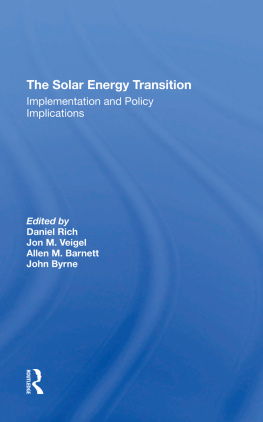
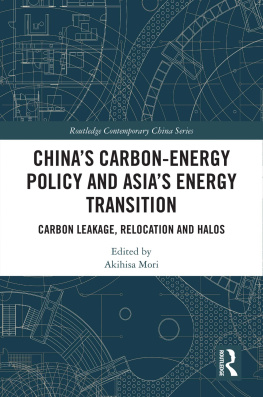
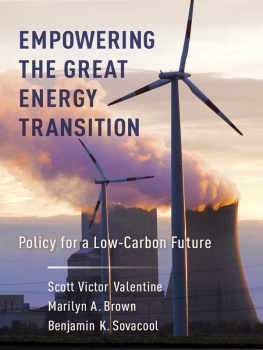
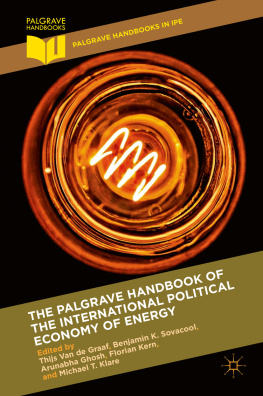
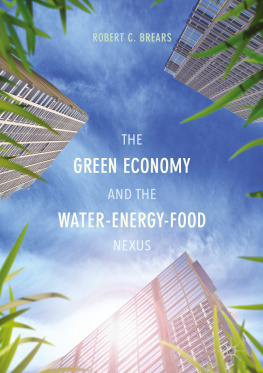


 for each human being today. As population increases and in addition also energy consumption per capita increases, energy needs will increase rapidly in future, especially in developing countries where the consumption per capita is very low today. Neglecting this rising energy need per person, and just taking the population rise into account, an increase to 25,000 GW until 2050 is estimated. The claim, that the energy consumption of the western world stays basically constant since decades is partially misleading, as a large fraction of the industrial production of goods for Western countries has been moved to eastern countries, especially to China. To account for the total energy footprint of a society, the energy footprint of imported goods must be assigned to the consumer and not to the producer to get the picture right.
for each human being today. As population increases and in addition also energy consumption per capita increases, energy needs will increase rapidly in future, especially in developing countries where the consumption per capita is very low today. Neglecting this rising energy need per person, and just taking the population rise into account, an increase to 25,000 GW until 2050 is estimated. The claim, that the energy consumption of the western world stays basically constant since decades is partially misleading, as a large fraction of the industrial production of goods for Western countries has been moved to eastern countries, especially to China. To account for the total energy footprint of a society, the energy footprint of imported goods must be assigned to the consumer and not to the producer to get the picture right.